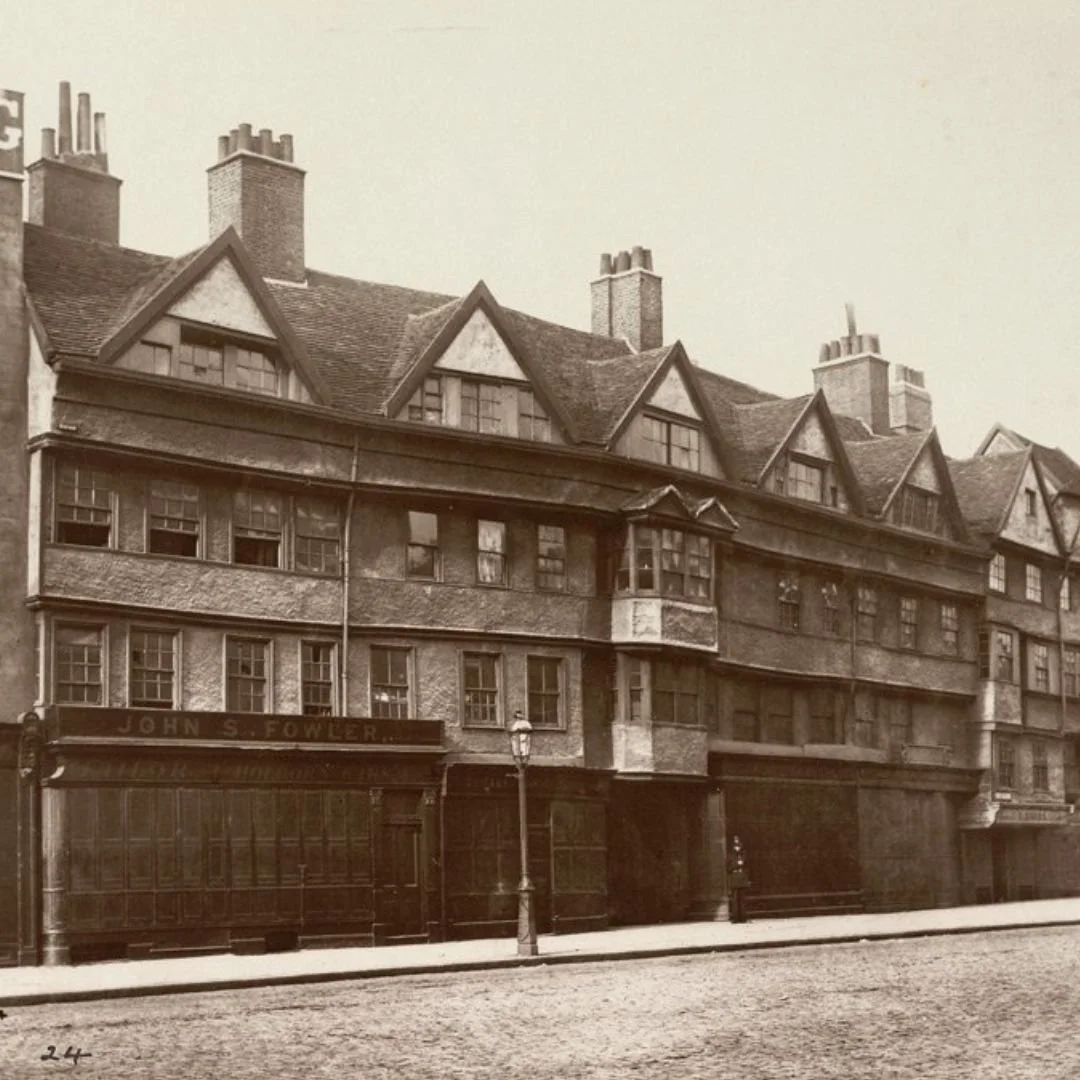The Staple Inn, London: A Survivor From The Great Fire of London
Staple Inn is a Tudor building on the south side of High Holborn.
The Grade 1 listed structure, that survived both the Fire of London at The Blitz, is the last surviving Inn of Chancery.
It’s been described by the architect Nikolaus Pevsner as “no doubt the most impressive surviving example of timber building in London”.
It’s one of London’s most-rebuilt buildings and it’s one of just four original Tudor timber-framed buildings left in London.
The Staple Inn dates from 1585 as a wool staple, which is where the Inn received its name.
A wool staple was essentially a trade centre for wool merchants - the merchants stayed at the Staple Inn and their wool inventory were weighed and taxed there.
The Inn was spacious and had many rooms available for the merchants.
Around 1400, the Staple Inn and its property was leased to the Inns of Court to be used for the education and training of aspiring barristers, or lawyers.
Only four Inns of Court still survive today.
The Staple Inn was one of the most important buildings in London during the Middle Ages.
It represents the significance of the legal profession, as barristers learned and were trained at the Staple Inn.
Most people needed barristers at some point in their lives and they were an essential part of medieval London society.
Even as wool staple, the Staple Inn represented a centre of trade and prosperity in England.
It’s one of very few buildings that remarkably survived the Great Fire of London in 1666.
London had to be almost totally reconstructed following the devastating blaze.
As well as loss of life, the financial costs were staggering. 13,200 houses, 87 parish churches, The Royal Exchange, Guildhall and St. Paul’s Cathedral – built during the Middle Ages – was totally destroyed.
The much-fiddled-with Tudor front hides centuries of even more reconstruction and restoration.
By the late nineteenth century, Staple Inn was in a bad state of repair.
It was sold at auction to the Prudential Assurance Company in 1884, who appointed Alfred Waterhouse to restore the building.
Waterhouse had constructed the Holborn Bars – Prudential’s terracotta headquarters – a quarter of a mile east on Holborn, on the site of Furnival’s Inn, another of the Inns of Chancery.
Waterhouse removed all of the plasterwork from the front of Staple Inn, revealing the beauty of the Tudor timber frames beneath.
It suffered more extensive damage by a German bomb in 1944, but again, it was later resorted.
Today, it has a distinctive timber-framed facade, cruck roof and an internal courtyard.
The historic interiors include a great hall in a courtyard, pictured below, behind that famous black and white façade.
Given the horrors that would happen to it over the next four centuries, it’s amazing that the stunning stained glass survives; thankfully it was taken out and stored in the cellars during the second world war.
Nowadays, the building is used as office space including the home of the Institute and Faculty of Actuaries.
The ground-floor street frontage is let to shops and restaurants, required to use plainer signage than they do on less sensitive buildings.
For a time, the building appeared on the packaging of Old Holborn tobacco.
If you’d like to visit, the address is: 1 Quality Court, London, WC2A 1HR.
If you enjoyed this blog post, please follow Exploring GB on Facebook for daily travel content and inspiration.
Don’t forget to check out our latest blog posts below!
Thank you for visiting Exploring GB.



















